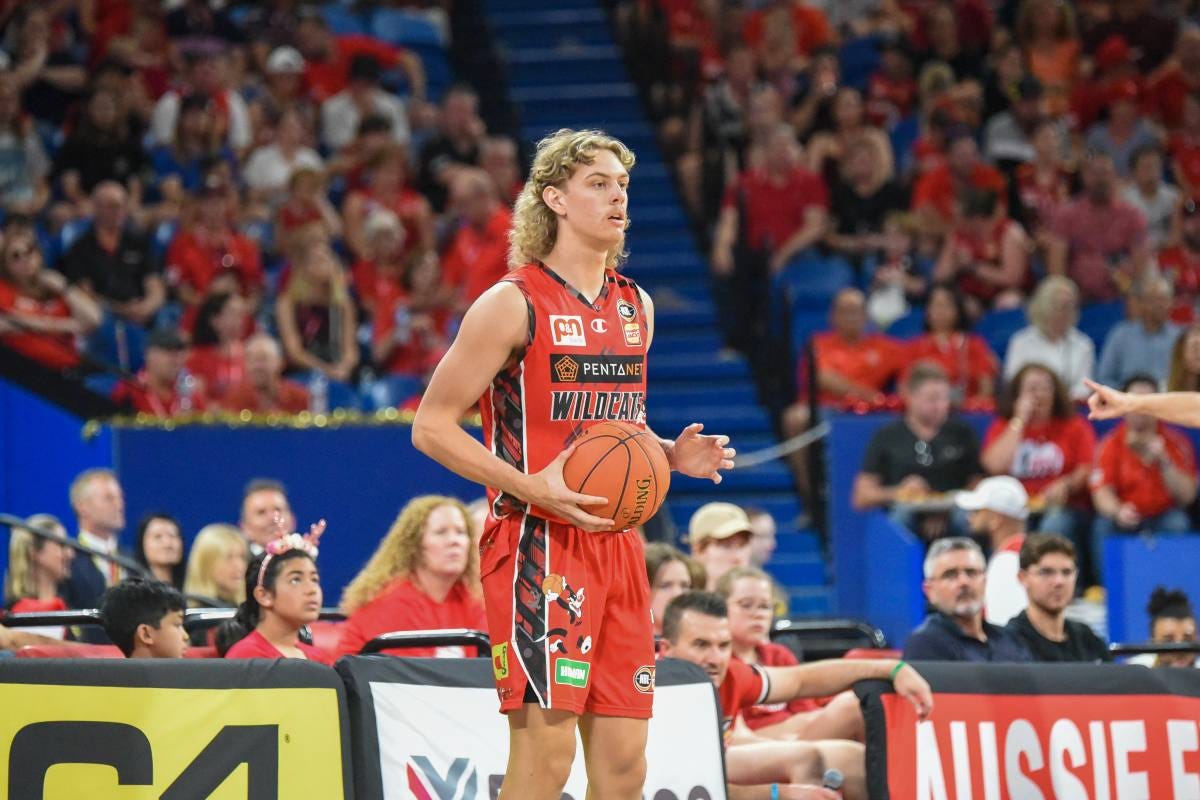Five way too early trends that could define the 2021-22 NBL season
The opening rounds have been riddled with disruptions, but we’ve still been given plenty to dig through. Here are some intriguing trends that have stuck out so far.
Credit: May Bailey Photography
After just five heavily disrupted rounds, it’s still far too early to make any definite conclusions concerning the 2021-22 NBL season. We’re still very much in the small sample size portion of the season.
However, that doesn’t mean we should completely disregard what we’ve seen so far.
On the contrary, we should dig deeper into the trends we’re starting to see to help us gain a greater understanding of the season we’ve seen to date and the season we’re about to see play out.
I’ve picked the five trends that have stood out the most to me and hold a high level of importance within the context of the 2021-22 NBL season. Whether these trends are genuine or not, could define the remainder of the campaign.
The three-point shooting dropoff
Since the three-point boom in basketball started, the NBL’s league average three-point percentage has largely matched the NBA’s. Every year, we see the league as a whole hit around 35-36% of its threes. That number is par — anything straying outside that range should be considered bizarre.
What the NBL has seen so far this season with its three-point shooting efficiency, though, has been more than bizarre. The NBL as a whole is shooting a smidge under 31% from three, per Spatial Jam. That’s not just straying outside that zone — that’s falling off a cliff.
Admittedly, shooting from all parts of the floor is down so far. Still, no drop has been as pronounced or has had as much of an effect on each game than the drop in three-point efficiency. Because of the prevalence of three-point shooting and the added value of the three-point shot, a league-wide drop of around 4% has more of an impact than a similar efficiency dropoff from other locations on the floor.
Rather than being a mere footnote, the dip has had an absurdly profound impact on the league through five rounds.
Take Sydney’s start, for instance. They’re an analytically-friendly team that wants to shoot a ton of threes every game. To date, they’ve got the highest three-point attempt rate in the league but by far the lowest offensive rating. You rarely, if ever, see that type of inverse relationship in the modern game.
Games are also becoming more like rock fights than the free-flowing, high-scoring games we’re used to seeing. The offensive rating of basically every team is way down from last season. Teams like Melbourne United may be benefiting because of that.
The followup question begging to be asked is glaringly obvious: Why is this happening? Is it due to COVID-19 disruption and a lack of flow to the season so far? A disrupted offseason? Is it the new batch of balls being used which were described by ex-Breaker Corey Webster as “prolly the worst ever”?
It’s worth noting that the NBA encountered a similar early season three-point dry spell. The NBA's percentages, though, have since rebounded to business-as-usual percentages. Whether the NBL follows a similar path or continues down this trajectory could determine a whole hell of a lot.
Credit: JBC Studios
Perth’s small ball bonanza
One of the main reasons I didn’t pick the Perth Wildcats to win the title, is that I wasn’t a believer in their frontcourt versatility.
By that, I mean that it seemed that they would be entirely reliant upon Matt Hodgson and Majok Majok to fill in at centre, with no clear small ball lineup options. Unlike most other teams, they don’t have an obvious four man who has proven that he can slide up and pinch hit at the five. As a result, I assumed that Perth wouldn’t be able to deploy successful small ball units and that the Wildcats would need excellent seasons from Majok and Hodgson to compete for the title.
The results have been impressive so far.




